Snapchat; GIFs; short videos. Fact-checkers have been slowly turning their attention to adapting their work to newer formats that are more attractive to younger readers.
There are two limitations built-in to fact-checking that make this process harder. The first is that fact checks often require extensive context: Of the six fact-checking websites studied by University of Wisconsin professor Lucas Graves last summer, three published fact checks approximately 1,000 words long. A related point is that supporting evidence should be linked to for purposes of both transparency and depth, which you lose with a snap or a GIF.
Disclaimer: Born in 1988, I should by all means qualify as a millennial. But perhaps because of my background as a fact-checker, I have struggled to adapt to Snapchat myself. So apologies in advance if this shows glaringly in the way I speak of the medium.
Regardless of their expertise with Snapchat, fact-checkers should be exploring the app, which has seen an impressive increase in its video view count (7 billion per day, rivaling that of Facebook).
Michelle Ye Hee Lee of The Washington Post’s Fact Checker posted a few fact checks from the last Republican debate on Snapchat Friday morning. The snap fact check received “by far the best engagement of any political story we’ve done on Snapchat,” Washington Post social media producer Alex Laughlin told Poynter in an email.
The snap was engaging and informative; you can see a few screenshots I took from it below.
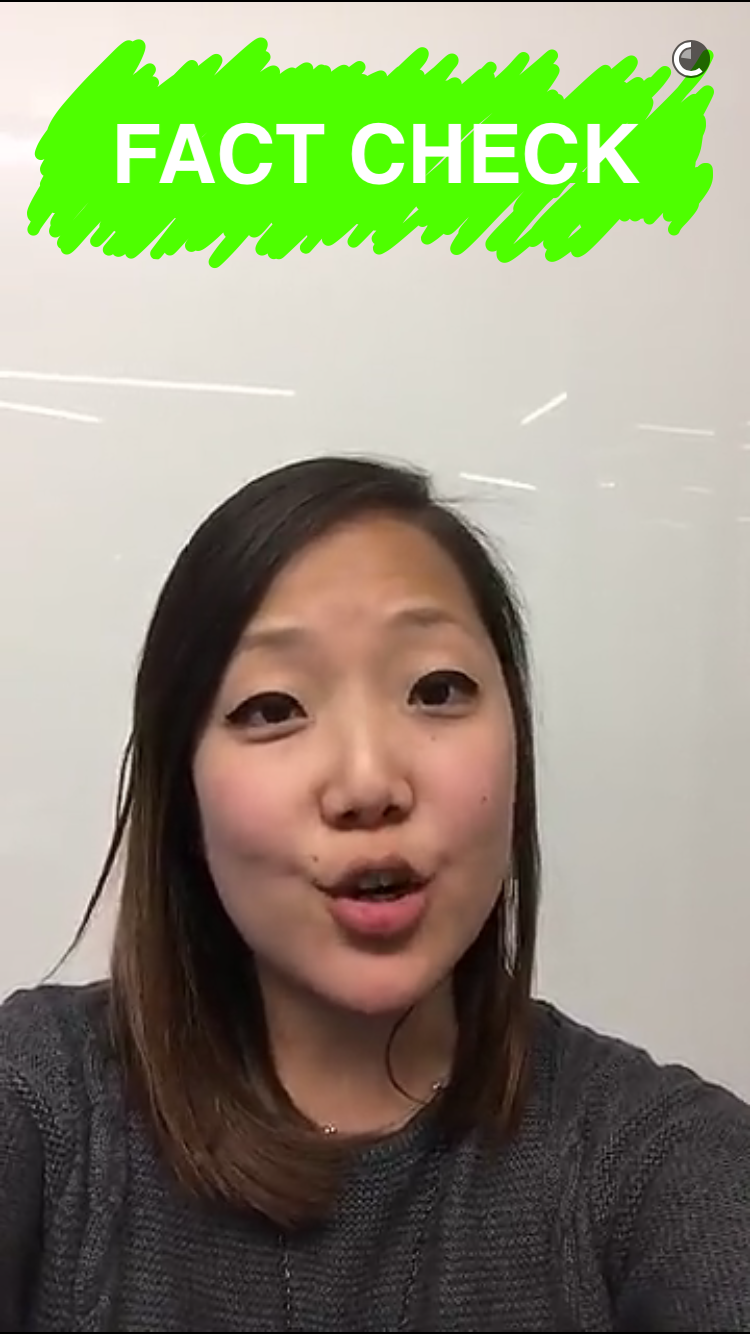
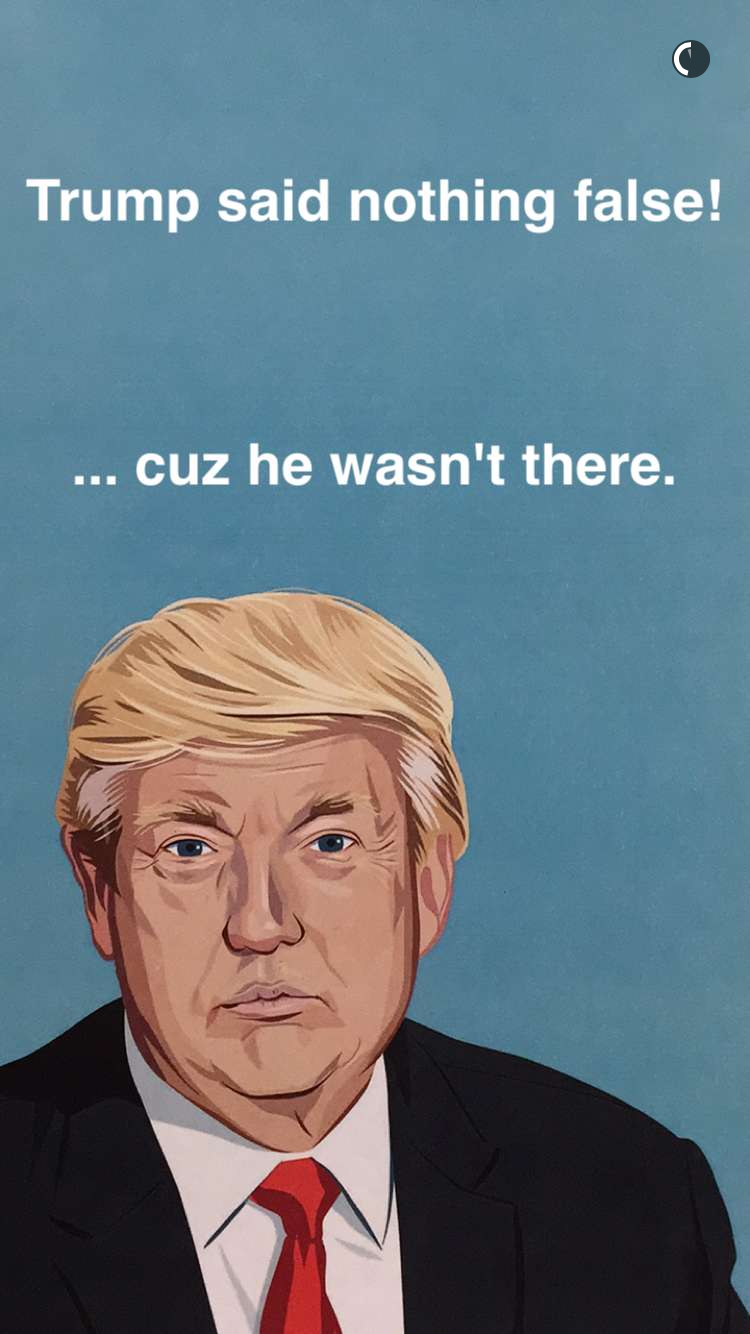
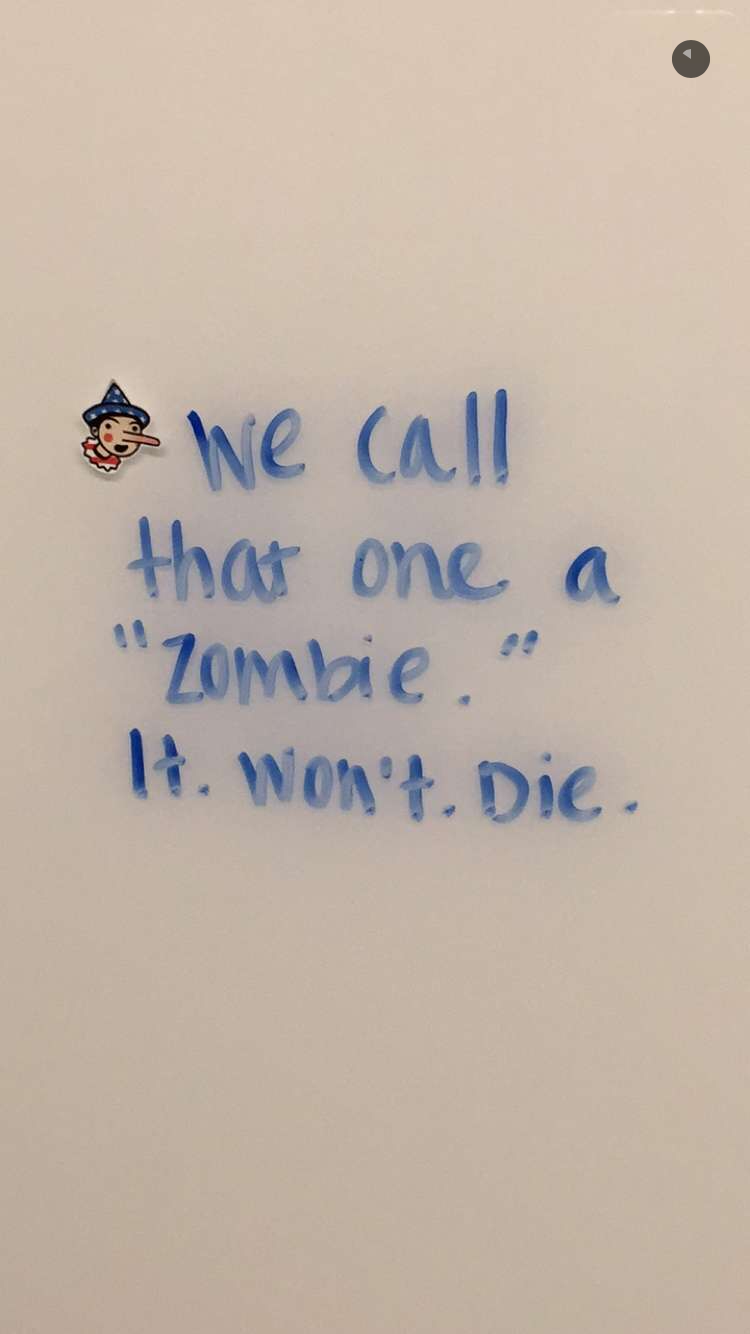
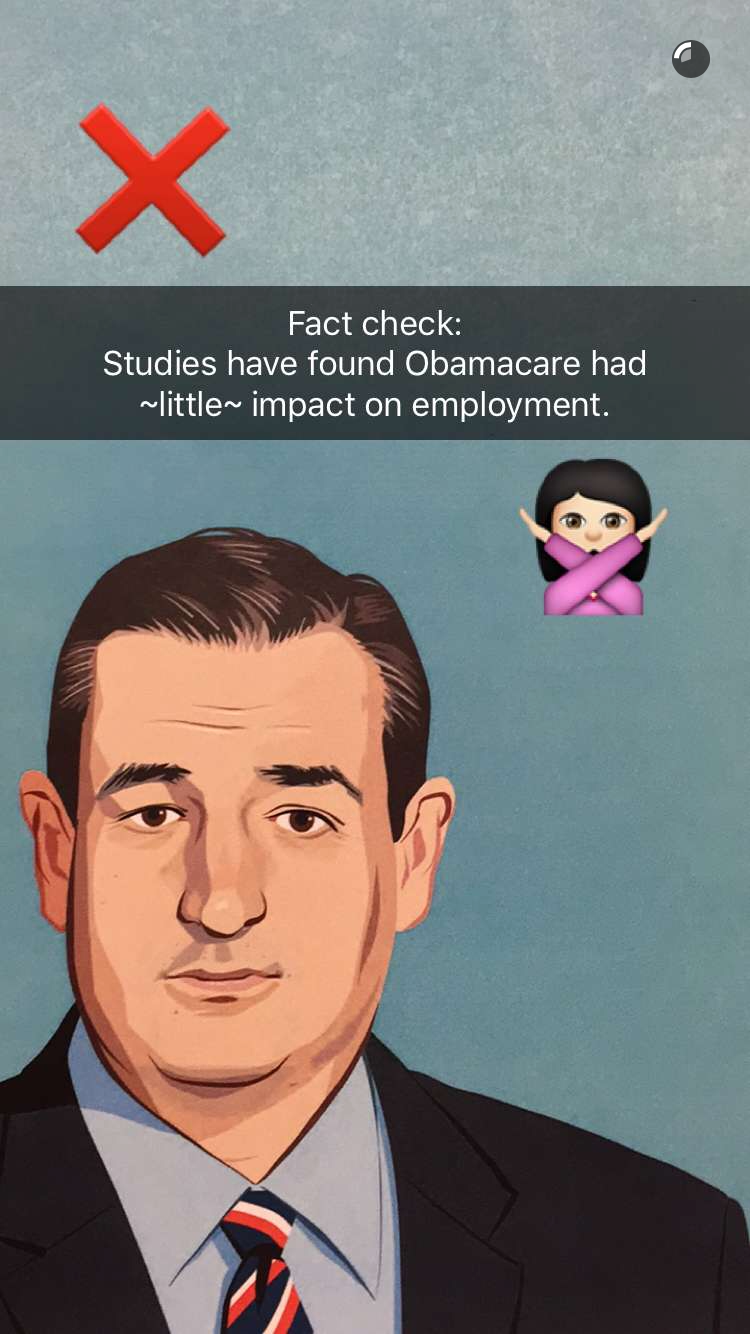
I reached out to Lee to ask her about the why and how of this attempt. She told me she has been wanting to experiment with Snapchat for a while and had conducted an internal test-run in the hopes of snapping fact checks live during the Fox News debate on Thursday. That turned out to be too hopeful.
Still, it was worth the wait, and it didn’t end up taking too much additional time. Lee did most of the work in about an hour by selecting from the debate night roundup The Fact Checker had already published. She was able to rely on The Washington Post’s illustration and engagement teams to adapt images of the candidates into a portrait format appropriate for Snapchat. Beyond that, all she used was her phone and a whiteboard.
Perhaps the most useful lesson Lee shared is the importance of being selective. On the website, she and Glenn Kessler fact-checked a very long and complex statement by Republican presidential candidate Ted Cruz. For Snapchat, she concentrated on the most controversial part of his claim that was likely to be most interesting to viewers. Lee hopes to snap other fact checks on The Washington Post account in the coming months.
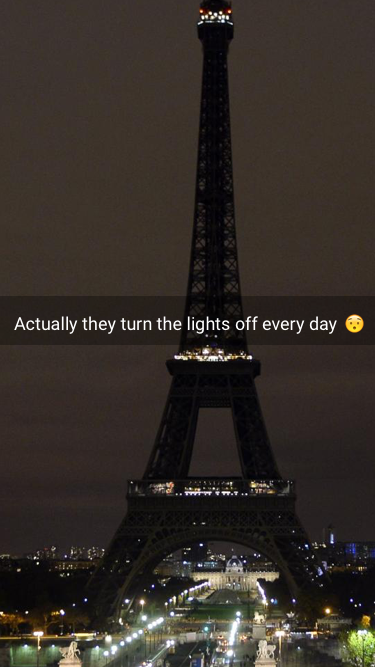
Checkdesk, a verification app by the journalism technology group Meedan, is also experimenting with Snapchat as a tool to distribute image verification.
Chris Blow of Checkdesk, who in November wrote an insightful post about the importance of visualization in debunking, shared the mock-up on the right (disproving a viral fake from the Paris attacks last year). Blow told me that Snapchat’s design allows for direct and simple debunks.![]()
Snapchat isn’t the only new format fact-checkers have attempted.
Argentina’s Chequeado has used GIFs to summarize findings: The one below shows the number of general strikes per presidency. Istinomjer in Bosnia is also planning to deploy GIFs soon.

Pagella Politica, the Italian fact-checking website I edited before joining Poynter, ran a successful crowdfunding campaign to produce a short series of animated videos like the one below. While the result seems (from my entirely biased perspective) editorially successful, it wasn’t the game changer the team was hoping it to be in terms of expanding Pagella Politica’s reach.
Don’t expect them to be silver bullets. Experiment with many different tools. Don’t expect to provide as much context as you can on your website. Learn from what other fact-checkers are doing around the world. And be selective about what you choose to translate into the new formats.






